A clutch of eggs
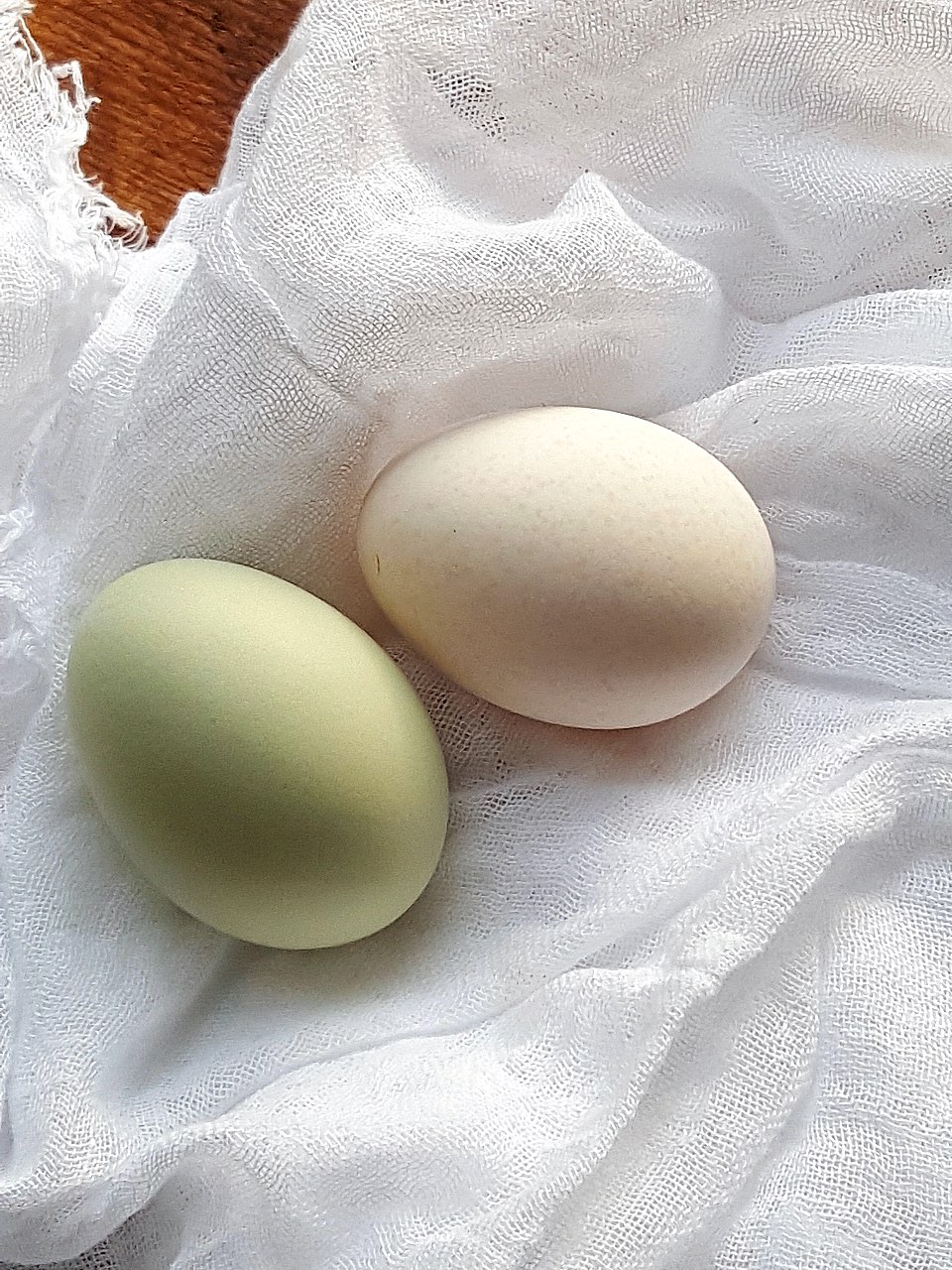
The chooks are going off! Spring fever. Laying like crazy. That’s good!

The chooks are going off! Spring fever. Laying like crazy. That’s good!
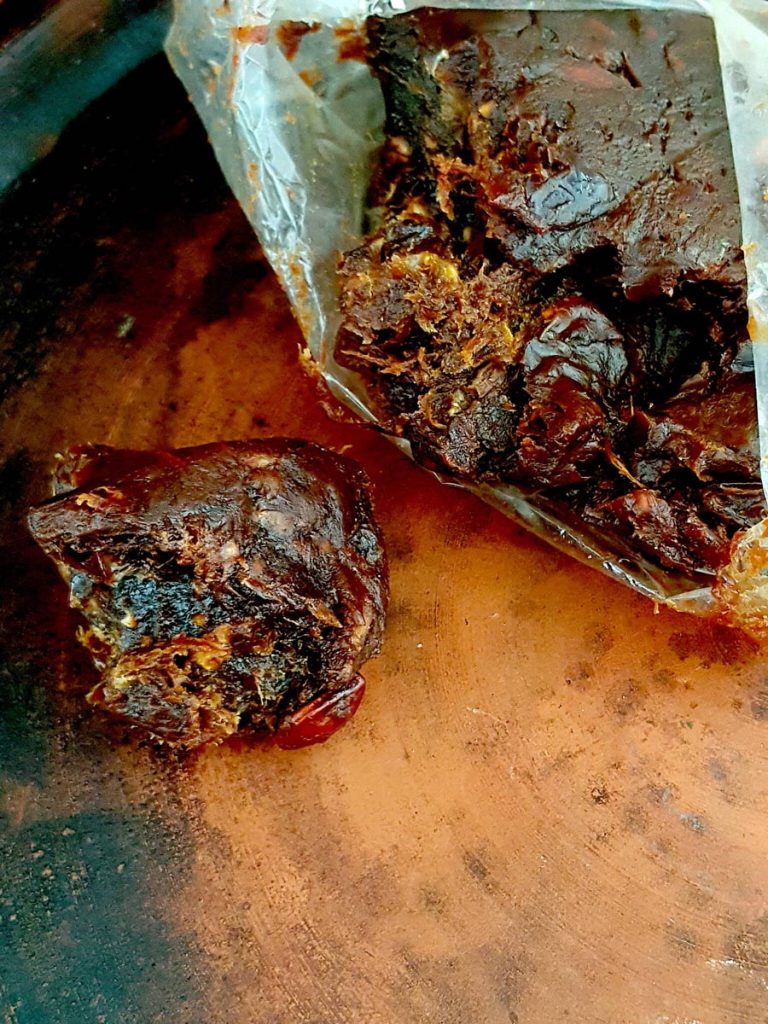
It may look like something scraped off the forest floor, but tamarind is a stunning ingredient to give food a sour zing
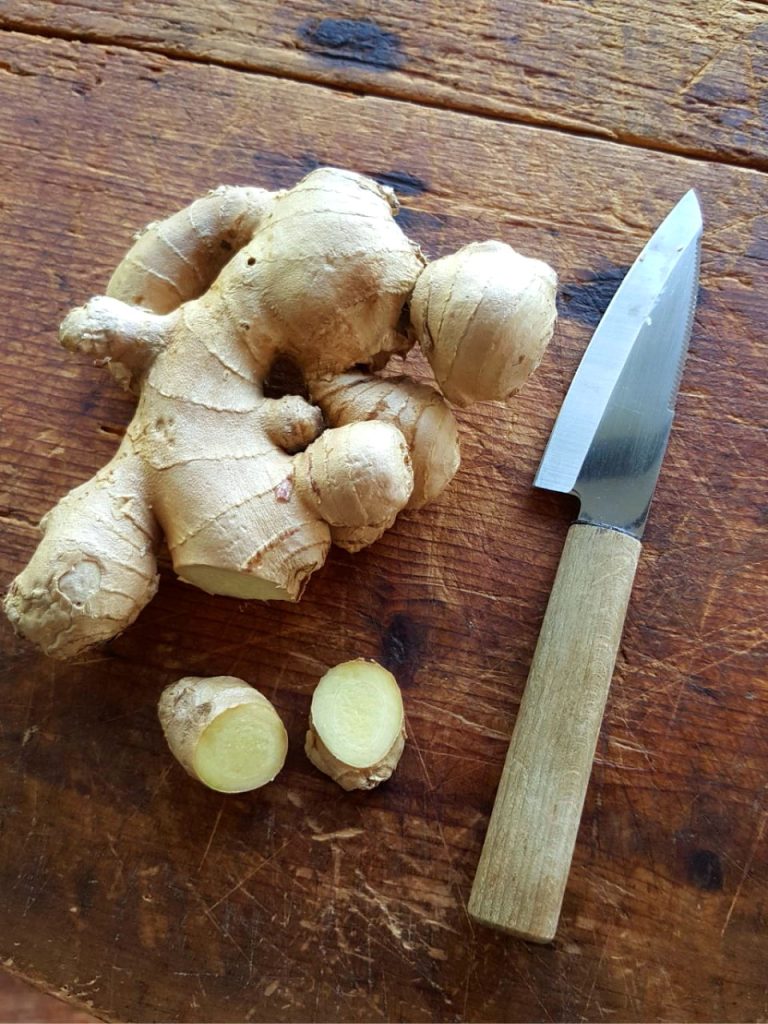
A citrus-skin character that at its best is hot and nose-tingling, sometimes eye-wateringly hot, with a fleeting whiff of turmeric, that’s ginger!
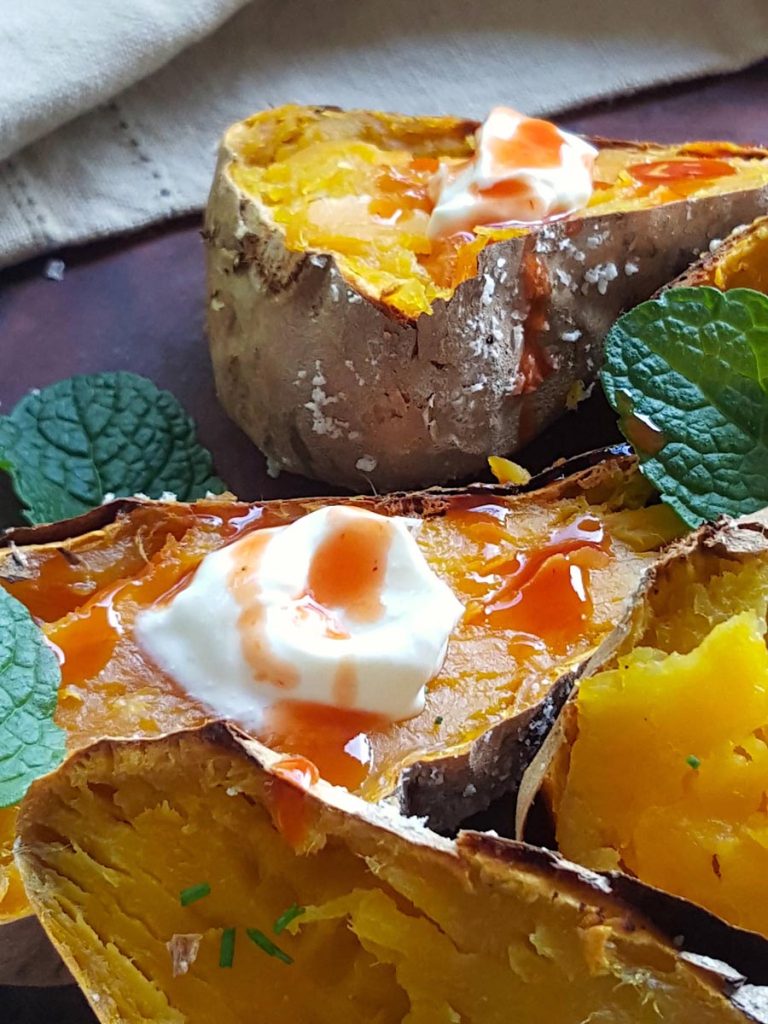
Ohhhh … would you look at that! Zero prep. Zero leftovers. Scrumptious.
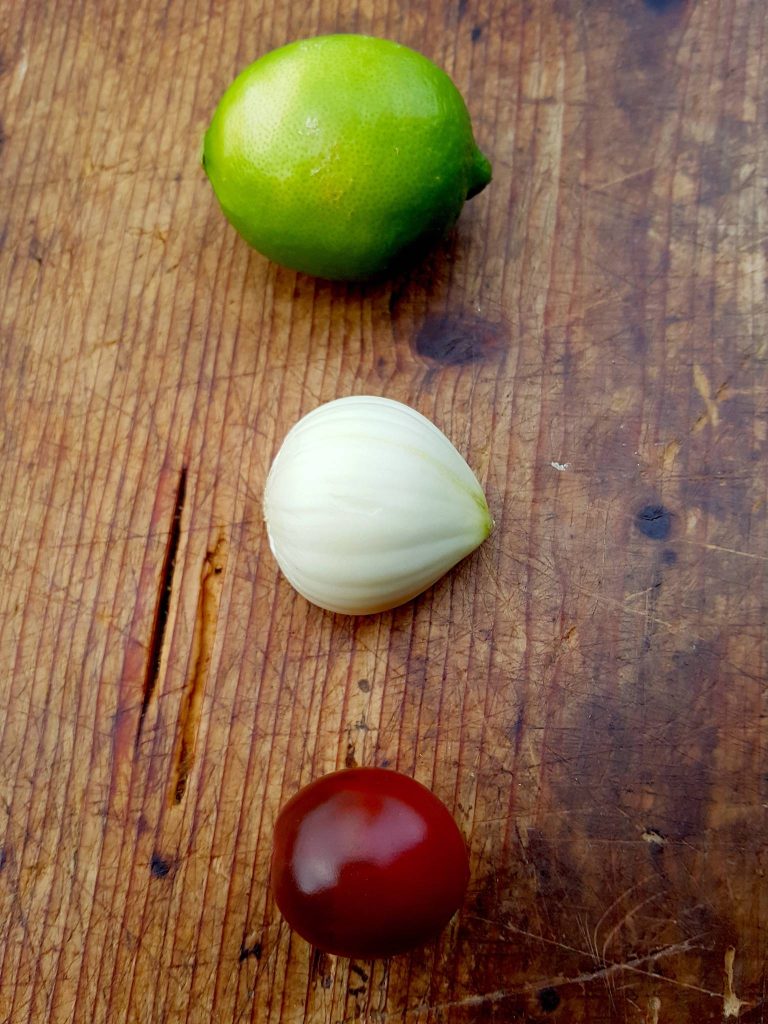
When you follow a recipe calling for a clove of garlic how big should that clove be? And does it matter?

This is all you need to know, and then some, about New Zealand food, producers and experiences.
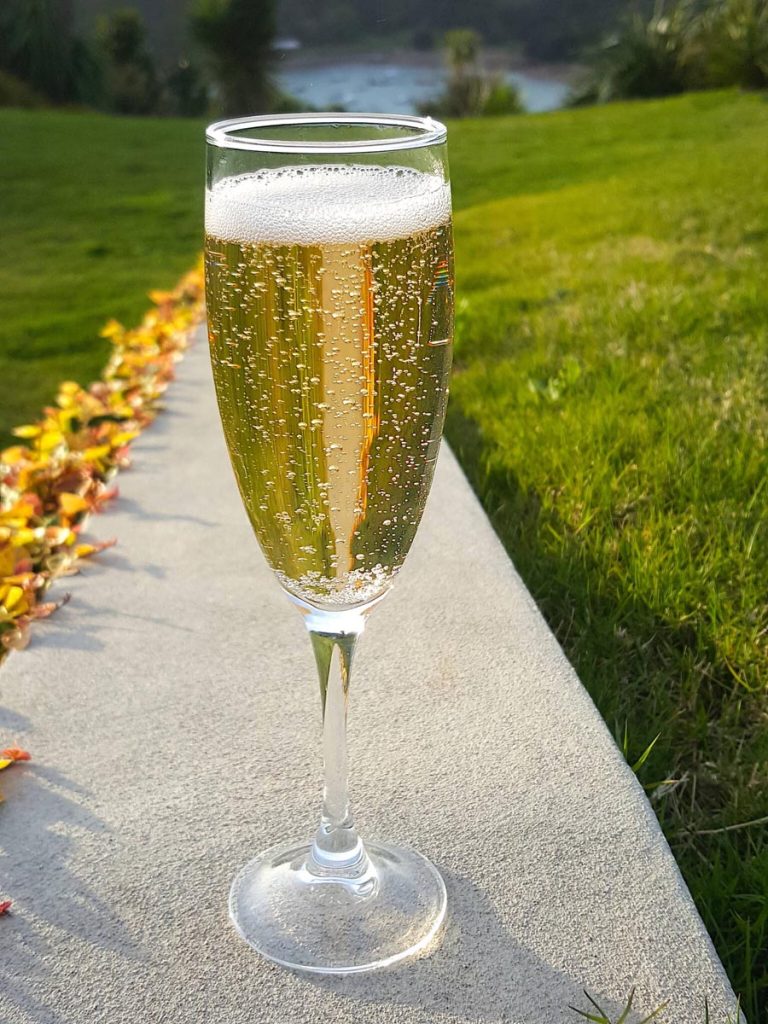
Bubbles! A bottle of bubbly needs friends, unless it is Covid Lockdown. In that case, either buy a Champagne stopper, or drink the lot!
No products in the basket.
Welcome to the new Shared Kitchen experience! If you encounter any issues, please let us know. Dismiss